#datsun
Used Car of the Day: 1975 Datsun 280Z
Today's UCOTD takes us back to the 1970s, as this 52,000-mile 1975 Datsun 280Z, which comes to us from Pennsylvania, is on sale for $25,000.
Junkyard Find: 1983 Datsun 200SX Coupe
Nissan sold two generations of Silvias badged as Datsun 200SXs in the United States from the 1976 through 1983 model years, then sold the subsequent Silvia generation here as the Nissan 200SX until 1989. Today's Junkyard Find, found in a yard just south of Denver, is a nicely preserved example of the final year of the S110 Silvia, as well as of the Datsun name.
Used Car of the Day: 1973 Datsun 240Z
We've got another classic Z for you for today's Used Car of the Day. This 1973 Datsun 240Z is "mostly original" with an "unmolested" body and it commands $42,500.
Used Car of the Day: 1971 Datsun 240Z Series I
Most days, we look for quirky used cars, or inexpensive ones, or project cars. Yes, we've tossed a few classics up there -- two or three '60s Ford T-Birds, for example, but it hasn't been the normal modus operandi.
Used Car of the Day: 1985 300ZX
Today's used car of the day is another Nissan/Datsun special -- a 1985 300ZX in the rare Aspen Gold paint job. Fewer than 5,000 of these cars were built in Aspen Gold.
Abandoned History: Daewoo Motors, GM's Passport to International Sales (Part IV)
We return to Abandoned History’s coverage of the twists and turns of the Daewoo story, at a time when the company’s predecessor, Shinjin, was no more. After an early Seventies joint venture with General Motors saw the company renamed to General Motors Korea, Shinjin bowed out of the deal after just five years. In 1976 Shinjin’s ownership in the business was sold to a state-owned Korean bank, and General Motors Korea was renamed to Saehan Motor Company. But that didn’t mean GM was out of the picture - far from it.
Rare Rides Icons, The Nissan Maxima Story (Part VII)
Unlike its third generation which had the upmarket sporty sedan segment largely to itself, when the fourth generation Maxima (A32) arrived in 1995 there were numerous new competitors from all directions. In its home market, the American-centric Maxima faded away and was replaced by the more internationally flavored Cefiro. Notably, the Cefiro wore Infiniti I30 styling in advance of its North American debut. In addition to the handful of variants for other markets like the Maxima QX and QX (which both wore Cefiro clothes), the A32 Maxima was also transformed into a very important car for the Korean market. Let’s talk about some business deals.
Abandoned History: Daewoo Motors, GM's Passport to International Sales (Part III)
After a few successful years building a trio of Toyota models (Corona, Publica, and Crown), Shinjin was forced to look elsewhere for a business partner. Toyota wanted to sell cars in China, and China forbade any company that sold products on its shores from having operations in South Korea. As expected, the government stepped in and assisted in a new deal between Toyota, Shinjin, and General Motors.
The deal was finalized in 1972 and saw Toyota sell its stake in Shinjin directly to GM. The 50-50 GM-Shinjin venture saw the latter immediately renamed to General Motors Korea. GMK was immediately the new face of GM product distribution in South Korea. Let’s embark upon a series of particular business arrangements involving Shinjin that didn’t last very long.
Rare Rides Icons, The Nissan Maxima Story (Part VI)
It turned out that 1994 was a high point for the Nissan Maxima. The third-generation sedan was just about the ideal mix of driving dynamics, quality, luxury, and whiz-bang tech features. It was offered in well-equipped GXE trim for lovers of comfort, and sportier SE for Sports Enthusiasts (or something). After its introduction for the 1989 model year, Nissan made relatively few changes to its impressive sedan.
Sales were around 100,000 units in its first two years, and then around 85,000 for the next two years. But in its final model year of 1994 the third gen’s sales nearly doubled, to 163,138. It was time for a new Maxima in 1995. It was a generation that branched out to become other interesting vehicles but also started the model’s decline.
Rare Rides Icons, The Nissan Maxima Story (Part V)
The new third-generation (J30) Nissan Maxima went in a bold new direction from its predecessors. Larger, more luxurious, more technologically savvy, and better made than the first two, the third Maxima was the first to cater to the North American market. The Maxima’s sudden transformation was so complete that it diverged from its former sibling the Bluebird to become an entirely separate model. First up today, we consider 4DSC styling.
Abandoned History: Daewoo Motors, GM's Passport to International Sales (Part II)
We return to our Abandoned History coverage of Daewoo Motors in the early part of the Sixties. Korea was a newly independent nation still in the process of building its economy after many decades of Japanese occupation. The new Korean government seemingly relied on two tenets in its earliest years: Centralized control and openness to bribes.
Both those factors were at play when the government handed the production of all passenger cars to a single company, Saenara Motors. Via a huge loan and technical assistance from Nissan, Saenara built Korea’s first car, the Saenara (Datsun) Bluebird via knock-down kits assembled in South Korea. But once the government noticed there was too much capital flowing out of the country, they banned Saenara from buying more kits from Japan. The scraps of bankrupt Saenara were picked up by another company, Shinjin.
Rare Rides Icons, The Nissan Maxima Story (Part IV)
After its short-lived first generation outing as a rear-drive car from 1981 to 1984, the PU11 Maxima of 1985 adopted the front-engine, front-wheel drive format the Maxima kept permanently. But that wasn’t the only precedent set by the PU11, as Nissan decided to move forward with V6 engine configurations and leave the inline-six in the past.
The addition of the sporty SE trim with its monochromatic details, and fancy electronic options like a Sonar Suspension System were both indications of where Nissan was headed with the Maxima. It was a sportier and more interesting direction than its stiffest competition, the staid and conservative rear-drive Cressida. Sales showed what buyers preferred, as the Maxima outsold the Cressida many times over throughout the mid-Eighties. And at the end of the decade, Nissan gave customers more of what they wanted with the very first 4DSC, a four-door sports car.
Abandoned History: Daewoo Motors, GM's Passport to International Sales (Part I)
Sometimes all it takes is a Tweet to generate a new Abandoned History series. A seemingly simple request: coverage of some GM models from the early 2000s, specifically a Daewoo. But there’s a long, winding, and dramatic history behind Daewoo Motors. The company’s origins trace back to the 1930s, and the very first Korean car.
Throughout the ensuing decades, Daewoo Motors was formed, reformed, bought and sold, and generally passed around in Korea. Along the way, it offered other brands’ vehicles, its own, and even purchased a smaller carmaker. So sit back and relax as we travel to Korea in 1937, during the latter part of the country’s Japanese occupation.
Rare Rides Icons, The Nissan Maxima Story (Part III)
After its first few years as an 810, 910, Datsun by Nissan, Maxima by Datsun, Datsun/Nissan, and similar, the Maxima settled into its permanent home under Nissan branding. The well-equipped compact sedan sold over 198,000 copies in the United States between 1982 and 1984 (‘82 is the earliest year sales data is available) before an all-new Maxima arrived in 1985. With its second generation, Nissan veered off to distinguish the Maxima from its most direct competition, Toyota’s Cressida. Picture it, October 1984.




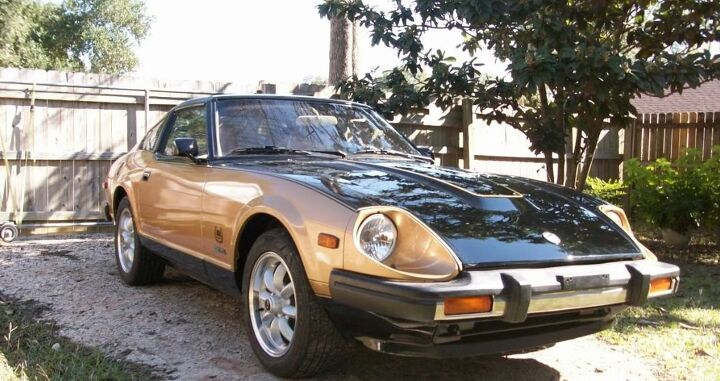



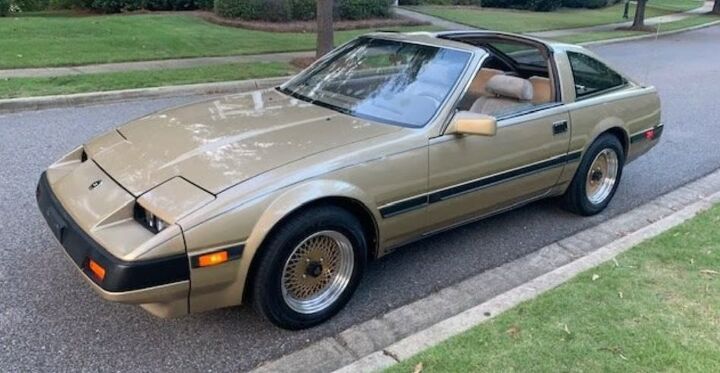
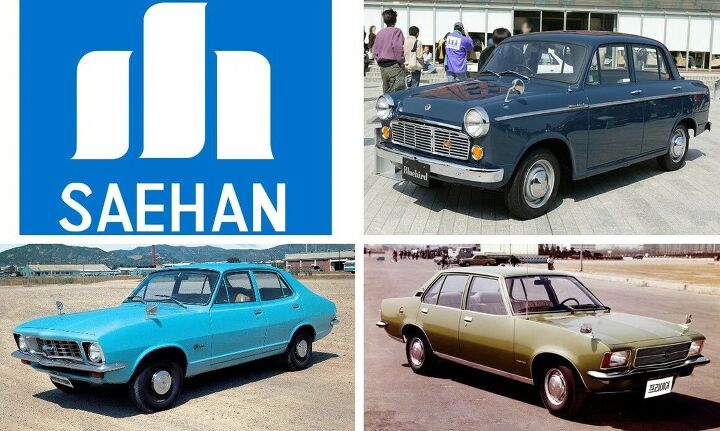
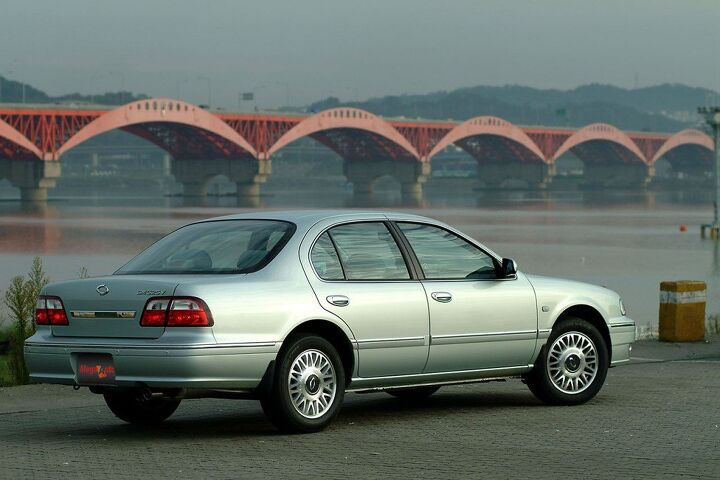
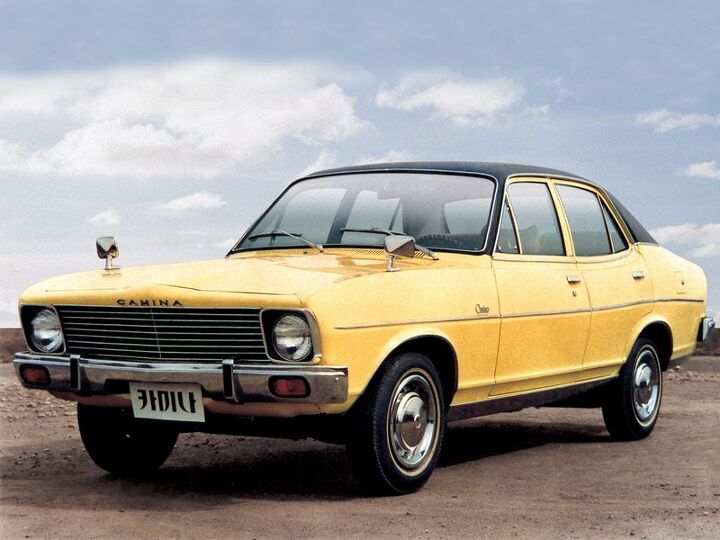

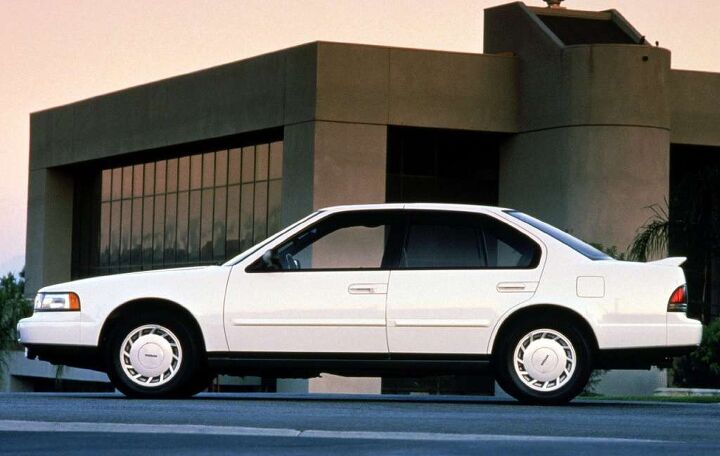
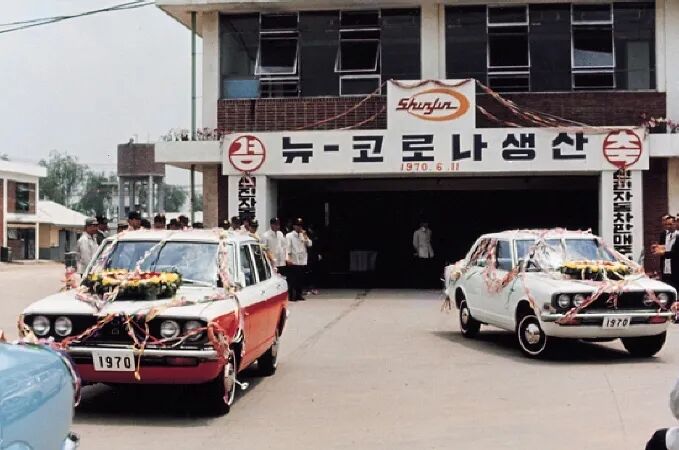
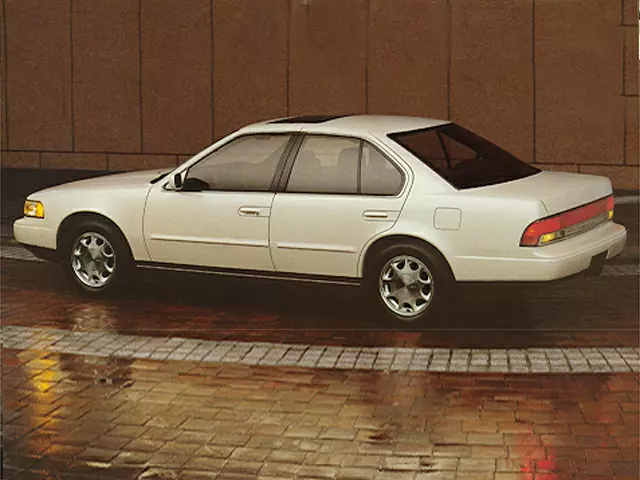
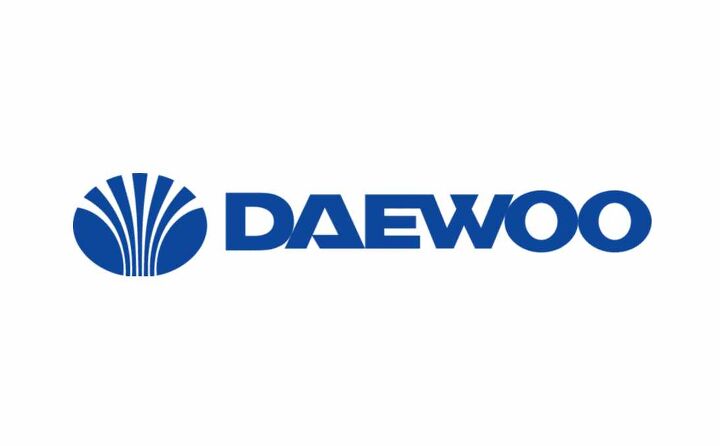













Recent Comments